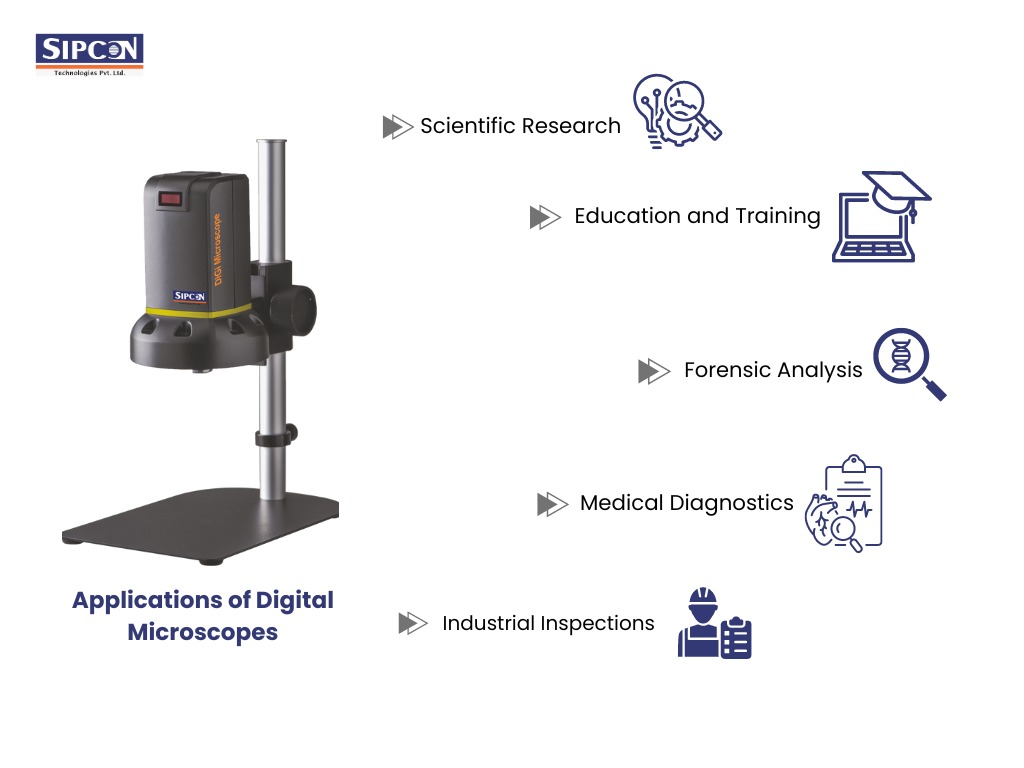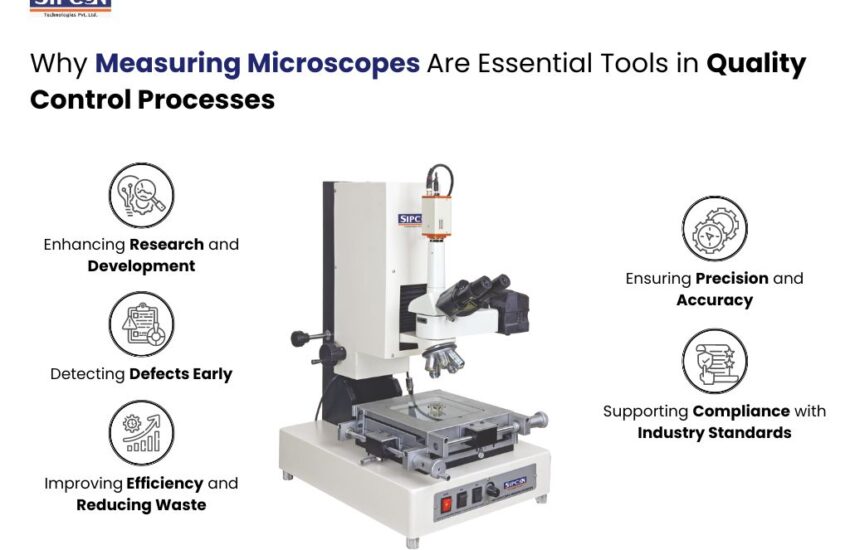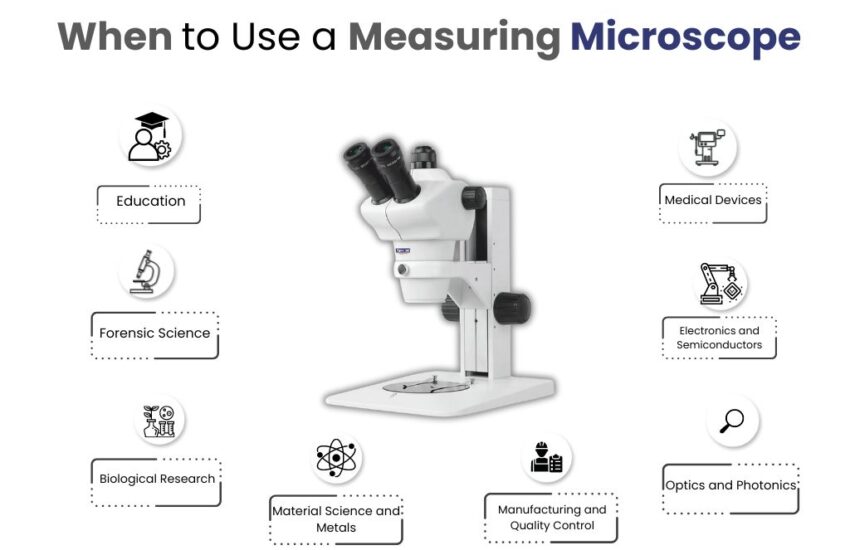The Versatile Applications of Digital Microscopes
Digital microscopes have revolutionized the way we observe and analyze microscopic details. With their advanced imaging technology, ease of use, and versatility, these instruments have found applications in a wide range of fields. From scientific research and medical diagnostics to industrial inspections and education, digital microscopes are proving to be indispensable tools. In this blog, we will explore the diverse applications of digital microscopes and understand how they are making a significant impact across various industries.
Scientific Research
Digital microscopes have become essential tools in scientific research. Their high-resolution imaging capabilities allow researchers to observe and analyze samples with incredible detail. In biological sciences, digital microscopes are used to study cellular structures, microorganisms, and tissues. Researchers can capture images and videos of live specimens, enabling real-time observations and detailed analysis.
In materials science, digital microscopes help in examining the microstructure of materials, such as metals, polymers, and ceramics. Researchers can study grain boundaries, phase distributions, and defects, leading to a better understanding of material properties and performance. The ability to capture and analyze images digitally also facilitates collaboration and data sharing among researchers.
Medical Diagnostics
The medical field has greatly benefited from the advancements in digital microscopy. Pathologists use digital microscopes to examine tissue samples and diagnose diseases. The high-resolution images and the ability to magnify specific areas make it easier to identify abnormalities and make accurate diagnoses. Digital microscopes are also used in hematology to analyze blood samples, helping in the diagnosis of conditions such as anemia, leukemia, and infections.
Telepathology, a growing field, relies on digital microscopes to enable remote diagnosis. Pathologists can view digital images of samples from distant locations, providing expert opinions and consultations without the need for physical sample transportation. This has proven especially valuable in regions with limited access to specialized medical facilities.
Industrial Inspections
In the industrial sector, digital microscopes play a crucial role in quality control and inspection processes. Manufacturers use these microscopes to examine components and products for defects, ensuring they meet the required standards. In electronics manufacturing, digital microscopes are used to inspect circuit boards, solder joints, and microchips. The ability to zoom in on tiny components allows for precise inspection and identification of faults.
In the automotive and aerospace industries, digital microscopes help in examining engine parts, turbine blades, and other critical components. By detecting defects and imperfections early in the production process, manufacturers can prevent costly failures and ensure the reliability and safety of their products.
Education and Training
Digital microscopes have transformed the way students learn about the microscopic world. In educational institutions, these microscopes provide an interactive and engaging learning experience. Students can observe live specimens, capture images, and record videos for later analysis. The ability to project images on a screen allows teachers to conduct group discussions and explain complex concepts effectively.
Forensic Analysis
Forensic scientists use digital microscopes to analyze evidence from crime scenes. These microscopes help in examining fibers, hair, soil particles, and other trace evidence. The high-resolution images and the ability to compare samples side by side aid in identifying and matching evidence. Digital microscopes also play a role in document examination, helping forensic experts detect forgeries and alterations.
Art and Cultural Heritage
Digital microscopes have found applications in the field of art and cultural heritage preservation. Conservators use these microscopes to examine and document artworks, manuscripts, and artifacts. The detailed images help in understanding the techniques used by artists and in identifying areas that require restoration. Digital microscopy also aids in the analysis of pigments, materials, and the effects of aging, contributing to the preservation of cultural heritage.
Conclusion
The versatility of digital microscopes has made them indispensable tools in various fields. Their ability to provide high-resolution images, real-time observations, and detailed analysis has revolutionized scientific research, medical diagnostics, industrial inspections, education, forensic analysis, and art preservation. As technology continues to advance, digital microscopes will undoubtedly play an even greater role in enhancing our understanding of the microscopic world and improving the quality of our lives.



